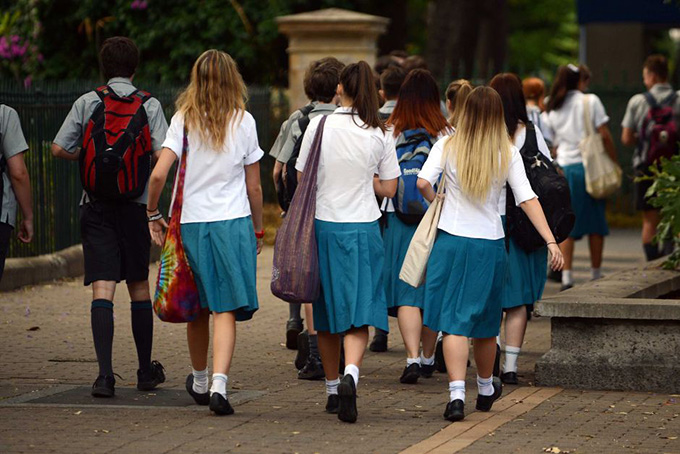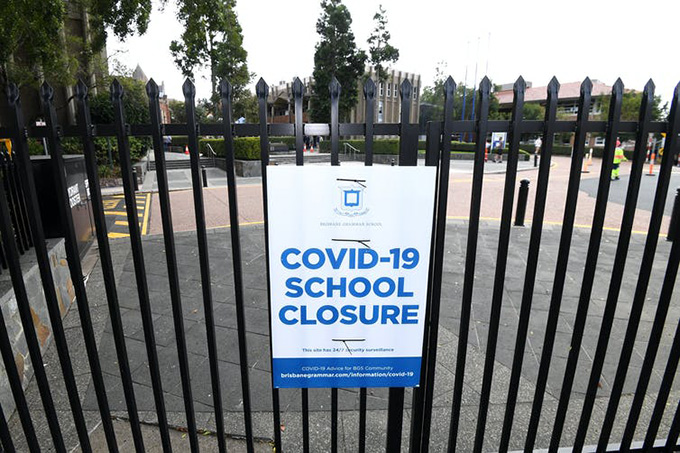 The central role of schools in the Brisbane COVID-19 outbreak means the virus might move through the community differently from previous outbreaks. Previously, the focus has been on the spread of the virus through the aged care sector and via service workers. People in education systems move and interact differently.
Sociology can provide a useful lens for understanding how the virus is moving. The type of insight sociologists can give is an organised story behind the contact tracing list based on their knowledge of how the sector at the centre of an outbreak works. Epidemiologists and policymakers can then draw on these systematic stories to help communicate the transmission risks and manage public responses to their decision-making.
An analysis of the Queensland contract tracing list shows many of the exposure sites are typical of school children travelling on public transport. Their families are also driving them around to attend social, medical and educational activities after school.
The central role of schools in the Brisbane COVID-19 outbreak means the virus might move through the community differently from previous outbreaks. Previously, the focus has been on the spread of the virus through the aged care sector and via service workers. People in education systems move and interact differently.
Sociology can provide a useful lens for understanding how the virus is moving. The type of insight sociologists can give is an organised story behind the contact tracing list based on their knowledge of how the sector at the centre of an outbreak works. Epidemiologists and policymakers can then draw on these systematic stories to help communicate the transmission risks and manage public responses to their decision-making.
An analysis of the Queensland contract tracing list shows many of the exposure sites are typical of school children travelling on public transport. Their families are also driving them around to attend social, medical and educational activities after school.
How do children change the spread?
Sociological network analyses can methodically explain the nuances and dynamism of how the virus will move differently via children compared to adults. It will move differently again for university and TAFE students and teenagers. For example, primary school children are more likely to move through multiple sites after school. Sporting lessons and care outside school hours (categories of multiple exposure sites on the list) mean children could move from one big group to another big group. A teenager will move differently again. Teenagers are more likely to move independently to and from school, their after-school activities and home. They use public transport more than younger children do, bringing them into contact with larger groups than in the family car. They also congregate in places like shopping centres to do things teens like to do: shop, share food and canoodle. Families, especially those with more than one child, have after-school activities in varied places, hugely multiplying possible exposure sites. Children will encounter more people than an adult who goes to the shops, gym or takeaway after work. But an adult may be a parent and have the child, who has been in multiple big groups through the day, with them.School contacts extend far and wide
Currently, there are nine Brisbane schools at the centre of the spread of the Delta variant of the virus. Many of these schools are connected via postcode. But postcode does not tell the whole story. The more concerning narrative is that these schools are connected systemically. For example, Brisbane Grammar School boys will most likely have sisters at Brisbane Girls Grammar. The primary school, Ironside State School, is a feeder school for many affected schools. In other words, primary school children have older siblings at the high schools.
Brisbane Grammar School has many connections to other schools through family and friends. Dan Peled/AAP